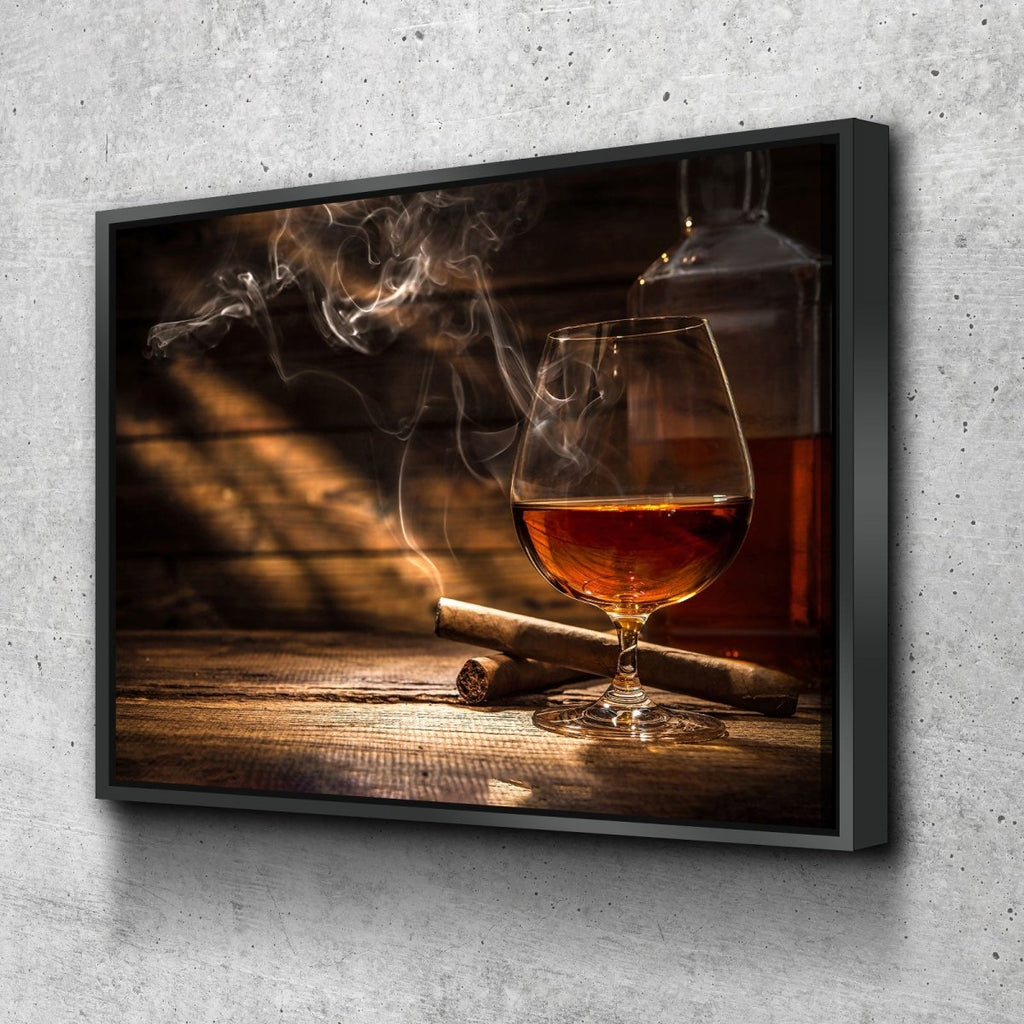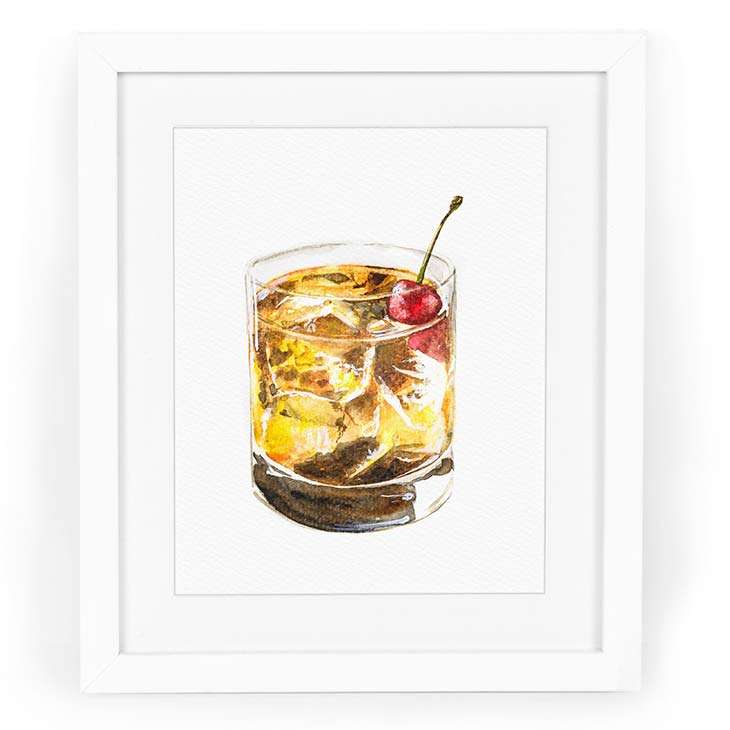Limited Edition: Discover Exclusive Bourbon Art Parts for Collectors
Limited Edition: Discover Exclusive Bourbon Art Parts for Collectors
Blog Article
The Importance of Whiskey Art in Celebrating Heritage and Workmanship in the Beverage Sector
The complex connection between bourbon art and the event of heritage and workmanship within the beverage sector can not be overemphasized. Through attentively created tags and bottles, bourbon brand names encapsulate their historic origins and the artisanal skills that specify their production techniques. This artistic measurement not only improves market appeal however additionally offers as a channel for cultural storytelling, promoting a much deeper link between the craft and the customer. As we discover the various elements of this subject, interesting concerns concerning the effect of contemporary patterns on traditional methods emerge, triggering further examination.
The Historical Roots of Whiskey
At the heart of whiskey's appeal lies a rich tapestry of historic origins that trace back to ancient civilizations. The origins of scotch can be linked to the distillation practices of the Sumerians and Babylonians around 2000 BCE, where very early forms of fermented grain beverages began to arise. Nonetheless, it was in the Center Ages that the art of purification progressed dramatically, particularly in Ireland and Scotland, leading to the creation of whiskey as we know it today.
The term "scotch" itself stems from the Gaelic word "uisce beatha," indicating "water of life." This phrase underscores the social value of scotch in Celtic societies, where it was often connected with rituals, parties, and communal bonding. By the 15th century, purification came to be a recognized craft within monastic communities, paving the method for the establishment of legal distilleries.
As trade routes expanded, scotch's appeal expanded, transcending local limits and capturing the rate of interest of aficionados worldwide. Realism Art. This historical trip shows not only the craftsmanship behind whiskey production yet also its important role in social and social contexts, marking it as a significant drink throughout background
Artistic Expression in Branding
Scotch branding stands as an engaging junction of creativity and business, where aesthetic identification plays an essential duty in shaping consumer assumption. The aesthetics of whiskey tags, product packaging, and advertising products reflect not just the brand's story but likewise its core values and heritage. Through creative expression, distilleries share a narrative that resonates with consumers, evoking feelings and stimulating links.
Using shade, typography, and imagery in branding serves to distinguish items in a saturated market. As an example, traditional themes might evoke a sense of credibility and craftsmanship, while contemporary designs can signify technology and forward-thinking. This critical creative direction enhances brand acknowledgment and loyalty, allowing consumers to forge an individual connection with the scotch they select.
Furthermore, imaginative expression in branding typically functions as a party of local heritage. Distilleries often include neighborhood symbols or historic referrals into their layouts, creating a feeling of area that invites consumers to participate in a wider cultural experience. Inevitably, the virtuosity behind bourbon branding not only improves aesthetic charm however additionally enriches the total narrative of the brand name, cultivating a deeper admiration for the workmanship and heritage embedded in each container.
Workmanship in Bottle Style
The artistry noticeable in scotch branding extends past visual identity to encompass the workmanship associated with container design. Each container acts as a vessel not simply for the spirit within, but also for the story it informs regarding its top quality, beginning, and practice. The layout procedure calls for precise attention to information, as components such as closure, shape, and material add significantly to the total assumption of the bourbon.
Craftsmanship in container layout entails selecting top notch glass that can enhance the scotch's color and quality, while likewise supplying a tactile experience for the consumer. The shape of the container need to be both visually appealing and useful, usually reflecting the heritage of the brand name. Lots of distilleries choose one-of-a-kind forms or printed logo designs that evoke a feeling of authenticity and history.
In addition, the label design and typography play a vital function in connecting the brand name's narrative. Whiskey Art. A well-crafted bottle not just mesmerizes the consumer's eye yet likewise strengthens the brand's dedication to top quality and practice. In this way, the workmanship of bottle design ends up being an essential element of the scotch experience, combining artistry with a profound regard for heritage
Social Value of Whiskey Art
Celebrating tradition and workmanship, the social relevance of bourbon art transcends mere appearances, linking with the social and historical narratives of the regions from which it originates. Each container functions as a canvas, illustrating the special stories, mythology, and customs that have actually shaped local whiskey-making techniques. The intricate layouts usually show the heritage of the distillers, incorporating icons and concepts that reverberate with the society and values of their neighborhoods.

On top of that, whiskey art plays a crucial function in communal gatherings and parties, working as a concrete web link in between individuals and their shared experiences. By valuing the creativity in scotch packaging, customers cultivate a deeper understanding and respect for the craft, ultimately improving their enjoyment of the beverage itself.
Modern Trends in Whiskey Presentation
In current years, the discussion of scotch has actually evolved to reflect modern tastes and trends while still recognizing traditional craftsmanship - Whiskey Art. Distilleries are significantly focusing on visual aspects that enhance the overall alcohol consumption experience, linking the void between heritage and modernity
Ingenious container layouts have arised, frequently integrating sustainable materials and artistic labels that tell engaging stories. Several brands now work together with local artists, infusing their items with distinct aesthetic expressions that resonate with consumers. In addition, limited-edition releases are frequently packaged in collectible containers, adding value and charm for lovers.

Final Thought
In conclusion, bourbon art serves as a vital avenue for expressing the heritage and craftsmanship integral in the beverage market. Via detailed branding, cutting-edge container styles, and culturally considerable imaginative aspects, whiskey brands efficiently recognize their customs and connect with customers.


Craftsmanship in bottle style involves picking high-quality glass that can improve the whiskey's shade and quality, while additionally offering a tactile experience for the customer. In this method, the craftsmanship of container style ends up being an important aspect of the scotch experience, merging creativity with an extensive regard for heritage.
In verdict, bourbon art offers as an important avenue for sharing the heritage and craftsmanship fundamental in the drink market.
Report this page